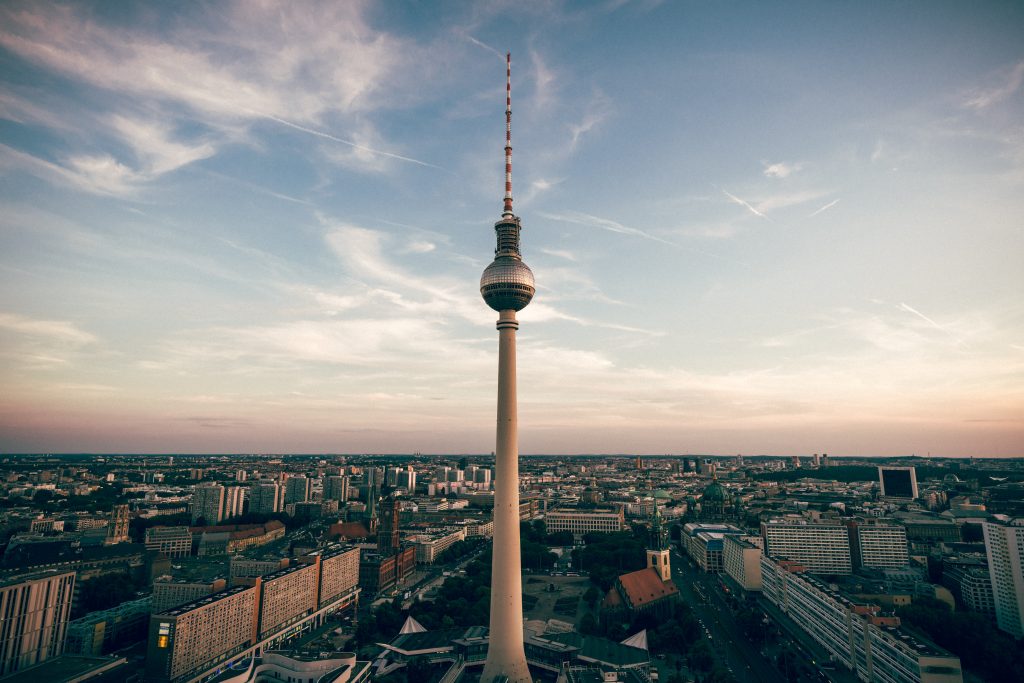
Immigration to Germany
Germany is known for welcoming large numbers of immigrants, especially following the refugee crisis in 2015 during which Germany accepted more than 2 million asylum seekers. As of September 2019, there were more than 11 million people of non-German origin residing in Germany, comprising around ⅛ of its 83 million inhabitants. The majority of these originate from Turkey (2.8 million), Syria (600,000) and Poland (2.2 million).
Demographics of Berlin
Berlin, located to the north east of the country, is both Germany’s capital and largest city and is also one of the most populous cities in the European Union. The demographics of the city were affected by population movements during Berlin’s split occupation by the western Allies and the USSR following the Second World War. Its population currently stands at around 3.7 million inhabitants, many of whom moved to Berlin from abroad.
People of Non-German Origin in Berlin
As an international city, Berlin welcomes people from around 190 different nations. At the end of 2019, there were 777,345 people of non-German origin registered as living in Berlin, comprising around 21% of the city’s total population, with 33,000 of them arriving during that year alone.
The demographics of Berlin reflect those of Germany as a whole as the main countries of origin for non-German citizens are Turkey, Syria and Poland. Moreover, a large number of people of non-German origin are workers who migrate from western European industrial nations and central and eastern European states. As a result of this multiculturalism, a wide variety of languages are spoken in Berlin, including: English, Turkish, Russian, Arabic, Polish and Vietnamese.
- Turkey: 101,000 – this is the largest Turkish community outside of Turkey
- Poland: 47,000
- Italy: 20,000
- Serbia: 19,000
- Russia: 17,500
- Bulgaria:; 16,000
- France: 15,000
- USA: 14,500
- Vietnam: 14,000
- UK: 11,500